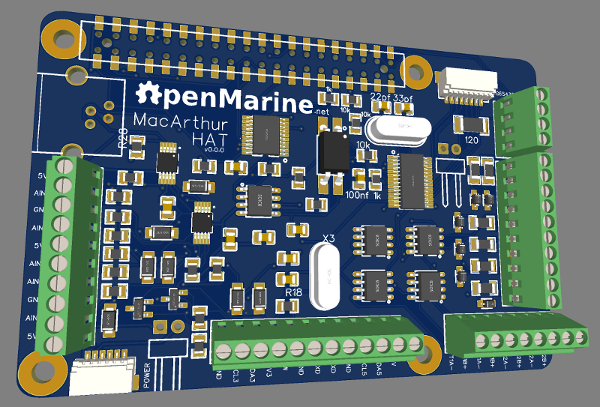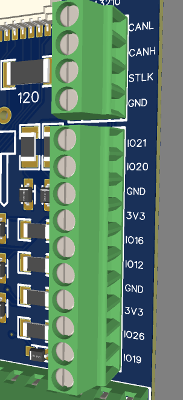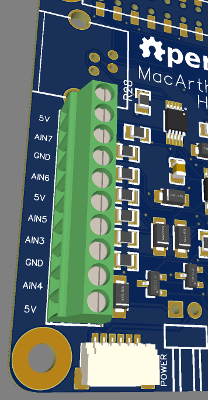We are delighted to present you the new project we have been working on these months: The MacArthur HAT

We have been analyzing the most requested features from OpenPlotter users and we have been able to gather all of them in the small space of a HAT for Raspberry Pi.
Specifications



No idea yet but as cheap as possible as usual.
When?
The design stage is done and we are waiting for the first prototypes to be tortured. We will inform here when we have a release date.
Feel free to post here any comment and suggestion

We have been analyzing the most requested features from OpenPlotter users and we have been able to gather all of them in the small space of a HAT for Raspberry Pi.
Specifications
- Compatible with all Raspberry Pi models
- Compatible with Moitessier HAT
- Stackable (pin header not rendered in picture yet)
- Fully OpenPlotter supported
- All supported sensors generate Signal K data
- Fully open-source
- 1 NMEA 2000 in/out. It is not isolated so be sure you power your NMEA 2000 network and your Raspberry from the same battery.
- 1 Seatalk 1 in. To connect your old electronic.
- 6 GPIO for digital sensors. Overcurrent and overvoltage protection. You can connect any digital sensor: motion, floating, switches, doors, pulses, leds, relays... There are also +7 extra GPIOS for advanced use.
- 2 NMEA 0183 in. It is not isolated so be sure you power your NMEA 0183 device and your Raspberry from the same battery.
- 2 NMEA 0183 out. It is not isolated so be sure you power your NMEA 0183 device and your Raspberry from the same battery.
- 1 I2C 5V. You can connect any I2C sensor powered from 5V. Multiple sensors supported in parallel. This make all I2C Arduino sensors compatible with Raspberry.
- 1 UART. Easy access for serial devices like the pypilot controller.
- 1 1W. Connect as much temperature sensors as you need (engines, fridge..). Multiple sensors supported in parallel, pull-up resistor is already included.
- 1 I2C 3.3V. You can connect any I2C sensor powered from 3.3V. Multiple sensors supported in parallel.
- 1 Wind sensor. Compatible with the Davis instruments anemometer. Speed and wind direction (connector not rendered in picture yet).
- 5 Analog inputs. Overvoltage protected. Connect any analog sensor 0-5V.
- 1 Power feed and sensor. Connect any power module commonly used in drones. These modules are a secure and stable power source for your Raspberry (5.2V, 3A) and provide current and voltage data of your battery bank (up to 60V and up to 120A). There is a jumper which makes powering optional or to connect a switch to cut power to your Raspberry (connector not rendered in picture yet).
- OpenPlotter GPIO app manages these features: Seatalk 1, digital sensors, +7 extra digital sensors, 1W sensors, wind speed.
- OpenPlotter CAN app manages these features: NMEA 2000.
- OpenPlotter Serial app manages these features: NMEA 1083, UART.
- OpenPlotter I2C app manages these features: I2C 5V sensors, I2C 3.3V , current measurement, voltage measurement, analog sensors, wind direction.
No idea yet but as cheap as possible as usual.
When?
The design stage is done and we are waiting for the first prototypes to be tortured. We will inform here when we have a release date.
Feel free to post here any comment and suggestion






